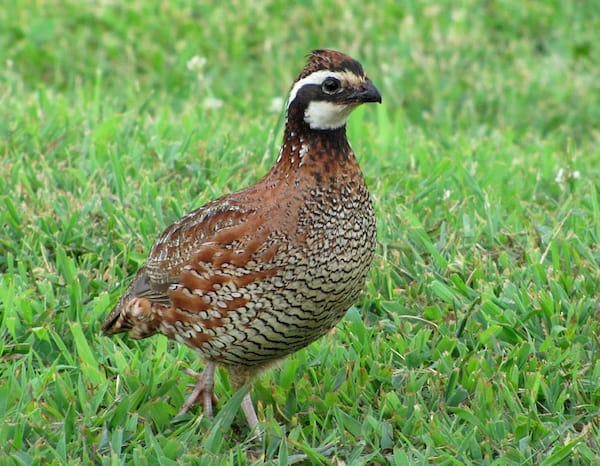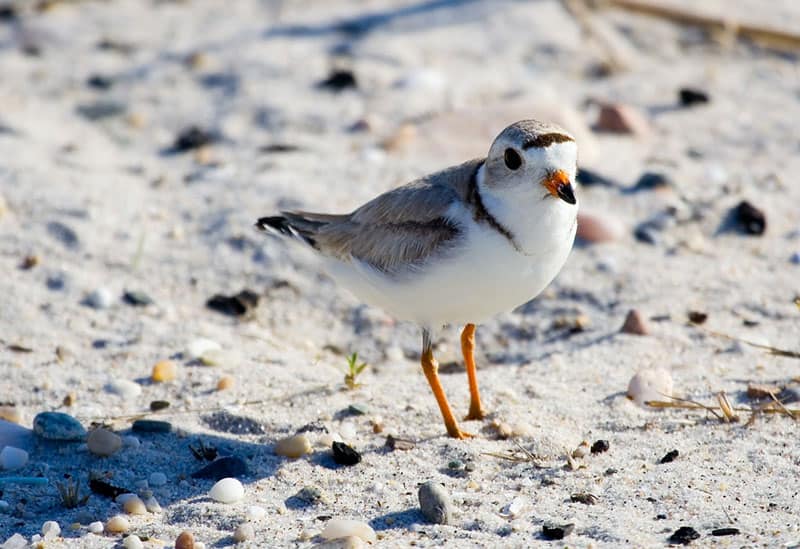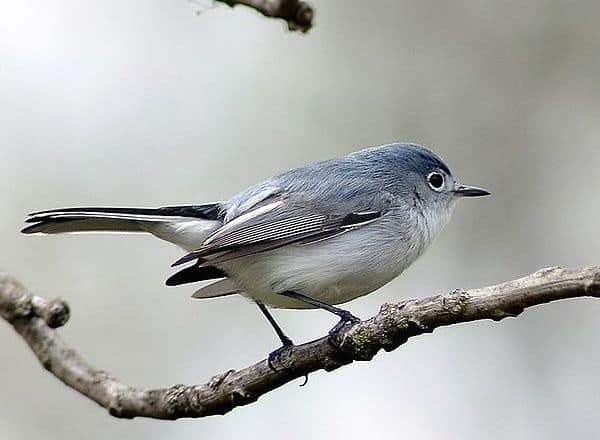What Does a Northern Bobwhite Look Like?
The northern bobwhite is the East’s only quail. This plump, football-shaped bird more often runs than flies and, when not disturbed, picks at the ground for seeds like a chicken. It is 10 inches long. Males have a striking head pattern, with a white throat and supercilium (line above eye to back of head) cutting through an otherwise dark chocolate-brown head.
The masked appearance of the male northern bobwhite is the best visual field mark for this species, but this quail is often heard before it is seen. Females are similarly marked, but have buff (rather than white) and rust (rather than dark brown) head coloration. The female has a pale tan version of the male’s mask. Bobwhites have cinnamon-rust bodies embellished with long white streaks below, and they have very short tails.
Listen For
The northern bobwhite says its own name—at least the bobwhite part. In spring and summer, males give this call repeatedly from an exposed perch. Members of a quail flock, or covey, utter a variety of whistling calls.
Where to Find a Northern Bobwhite
Populations of northern bobwhites are declining in many areas. Far more often heard than seen, the northern bobwhite occurs from Massachusetts west to Wyoming and south to the Mexico-Guatemala border. Some introduced populations inhabit western mountain states as well. Bobwhites feed and breed in a variety of open habitats. They favor farm fields and those just reverting to rank, weedy meadows; pastures; pine forests; and mixed pine and deciduous forests with undergrowth kept open by managed fire or regular cutting.
Feeding Behavior
Adult bobwhites are opportunistic seed eaters. Depending upon season and locality, they consume a wide variety of weed seeds, as well as agricultural seeds and those from various forest plants. They also eat some insects and berries, buds, and other plant foods. Until two months of age, young bobwhites mostly eat insects and other small invertebrates.
Nesting Behavior
During one breeding season, a bobwhite pair could ideally produce 25 or more young in several broods; however, they suffer high mortality rates and are rarely this productive. Bobwhite pairs build their grass or other vegetation-covered scrape nest in a well-camouflaged spot within their tangled habitat. There they incubate a dozen or more eggs for just over three weeks. Young hatch able to run and feed themselves. Parents usually loiter nearby.
Wow!
To guard against predators at night, northern bobwhite coveys settle down in a circle with all birds facing out. If one bird sees a predator, it explodes into flight, which tells the nearby birds to do the same.




